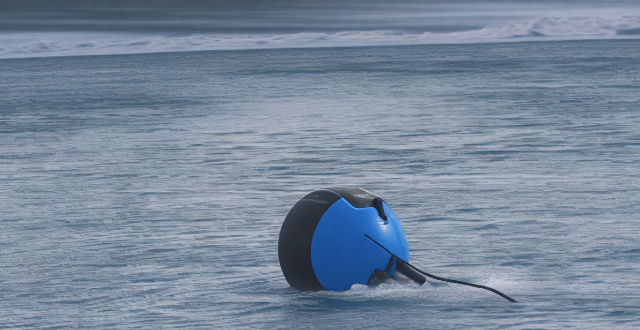Sealed lead-acid batteries are maintenance-free and have a longer lifespan than unsealed batteries. They also have a lower self-discharge rate and no risk of acid spillage. Unsealed lead-acid batteries require regular maintenance, including checking the electrolyte level and adding distilled water when necessary. They generally have a shorter lifespan and a higher self-discharge rate compared to sealed batteries. There is also a risk of acid spillage if the battery is damaged or mishandled.

What is the difference between a sealed and unsealed lead-acid battery?
Introduction
Lead-acid batteries are widely used in various applications, such as automotive, renewable energy storage, and backup power systems. They come in two main types: sealed and unsealed. This article will discuss the differences between these two types of batteries.
Sealed Lead-Acid Batteries
Definition
Sealed lead-acid batteries, also known as valve-regulated lead-acid (VRLA) batteries, are maintenance-free batteries that do not require regular topping up with distilled water. They have a built-in recombination feature that reduces water loss during charging.
Key Features
- Maintenance-free: No need to check and add distilled water regularly.
- Longer lifespan: Generally lasts longer than unsealed lead-acid batteries due to their sealed design.
- Low self-discharge rate: Less prone to self-discharge compared to unsealed batteries.
- No risk of acid spillage: Safer to use and transport since there is no risk of acid leaking out.
Unsealed Lead-acid Batteries
Definition
Unsealed lead-acid batteries, also known as flooded lead-acid batteries, require regular maintenance, including checking the electrolyte level and adding distilled water when necessary. They do not have a built-in recombination feature like sealed batteries.
Key Features
- Regular maintenance required: Need to check and add distilled water periodically.
- Shorter lifespan: Generally have a shorter lifespan compared to sealed lead-acid batteries.
- Higher self-discharge rate: More prone to self-discharge than sealed batteries.
- Risk of acid spillage: There is a risk of acid leaking out if the battery is damaged or mishandled.
Differences between Sealed and Unsealed Lead-Acid Batteries
Maintenance
- Sealed: Maintenance-free; no need for regular topping up with distilled water.
- Unsealed: Requires regular maintenance, including checking the electrolyte level and adding distilled water when necessary.
Lifespan
- Sealed: Generally has a longer lifespan due to its sealed design.
- Unsealed: Generally has a shorter lifespan compared to sealed lead-acid batteries.
Self-Discharge Rate
- Sealed: Has a lower self-discharge rate compared to unsealed batteries.
- Unsealed: Has a higher self-discharge rate than sealed batteries.
Safety Risks
- Sealed: Safer to use and transport since there is no risk of acid leaking out.
- Unsealed: There is a risk of acid spillage if the battery is damaged or mishandled.